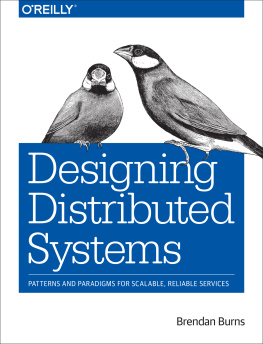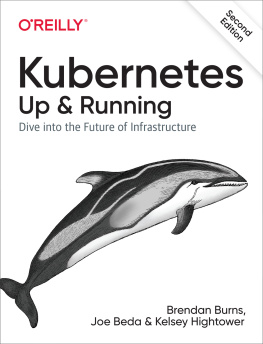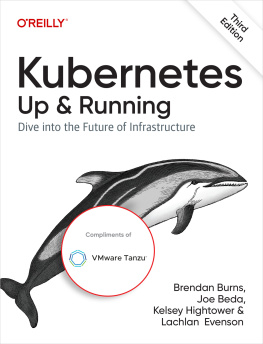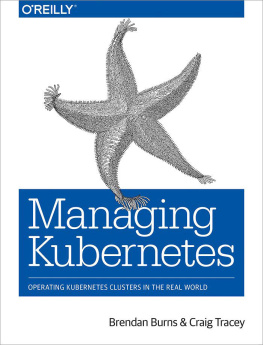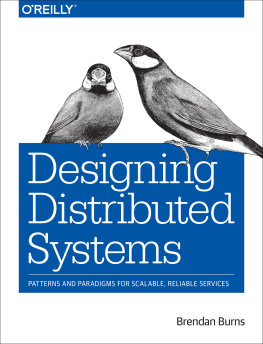Brendan Burns - Designing Distributed Systems
Here you can read online Brendan Burns - Designing Distributed Systems full text of the book (entire story) in english for free. Download pdf and epub, get meaning, cover and reviews about this ebook. year: 2018, publisher: O’Reilly Media, genre: Computer. Description of the work, (preface) as well as reviews are available. Best literature library LitArk.com created for fans of good reading and offers a wide selection of genres:
Romance novel
Science fiction
Adventure
Detective
Science
History
Home and family
Prose
Art
Politics
Computer
Non-fiction
Religion
Business
Children
Humor
Choose a favorite category and find really read worthwhile books. Enjoy immersion in the world of imagination, feel the emotions of the characters or learn something new for yourself, make an fascinating discovery.
- Book:Designing Distributed Systems
- Author:
- Publisher:O’Reilly Media
- Genre:
- Year:2018
- Rating:3 / 5
- Favourites:Add to favourites
- Your mark:
Designing Distributed Systems: summary, description and annotation
We offer to read an annotation, description, summary or preface (depends on what the author of the book "Designing Distributed Systems" wrote himself). If you haven't found the necessary information about the book — write in the comments, we will try to find it.
In the race to compete in todays fast-moving markets, large enterprises are busy adopting new technologies for creating new products, processes, and business models. But one obstacle on the road to digital transformation is placing too much emphasis on technology, and not enough on the types of processes technology enables. What if different lines of business could build their own services and applicationsand decision-making was distributed rather than centralized?
This report explores the concept of a digital business platform as a way of empowering individual business sectors to act on data in real time. Much innovation in a digital enterprise will increasingly happen at the edge, whether it involves business users (from marketers to data scientists) or IoT devices. To facilitate the process, your core IT team can provide these sectors with the digital tools they need to innovate quickly.
This report explores:
Brendan Burns: author's other books
Who wrote Designing Distributed Systems? Find out the surname, the name of the author of the book and a list of all author's works by series.

